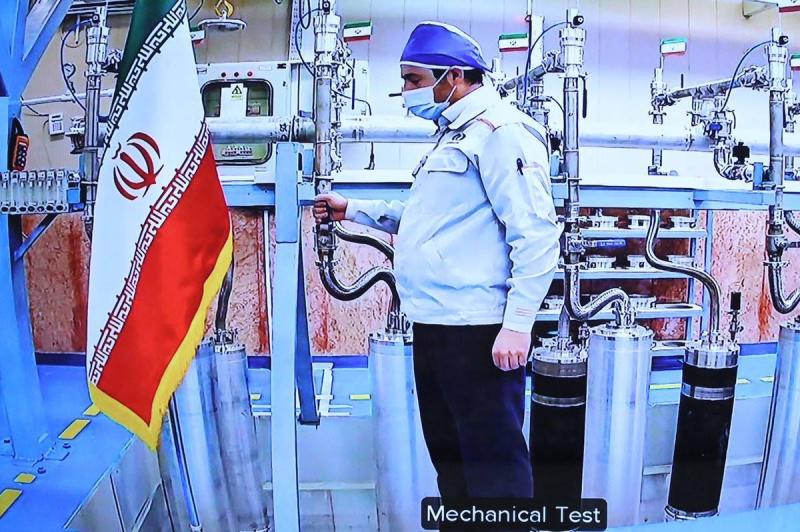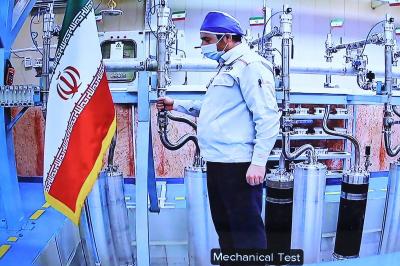The New York Times reported that the attack on a facility belonging to the Iranian Atomic Energy Agency targeted a building manufacturing centrifuges, conducted via a drone that took off from within the country. A source familiar with the attack informed the American newspaper that the drone launched from a location not far from the centrifuge manufacturing plant used for uranium enrichment at the Fordow and Natanz facilities.
This recent targeting of the Iranian nuclear program comes at a time when indirect negotiations between Washington and Tehran to revive the nuclear deal, known as the Joint Comprehensive Plan of Action (JCPOA), are taking place in Vienna, Austria. The Biden administration seeks to restore the nuclear agreement following the unilateral withdrawal of the United States by former President Donald Trump, who reinstated severe economic sanctions on Iran.
The Iranian Atomic Energy Agency stated that it thwarted an attack on one of its facilities on Wednesday, with no injuries or structural damage reported at the site. Meanwhile, Iranian state media confirmed that the attack failed, asserting that it "did not result in injuries or damages and could not disrupt the Iranian nuclear program." Despite official Iranian claims of no damage to the centrifuges, the raid reportedly caused damage to the facility, according to reports from Hebrew media cited by The Times of Israel.
The Iranian agency did not reveal the name of the targeted site. However, Iranian media and informed sources indicated that the attack was carried out on a facility near the city of Karaj, near the capital Tehran, using a small quadcopter drone. While no one has claimed responsibility for the recent attack, the centrifuge manufacturing plant, known as the Iranian Centrifuge Technology Company (TESA), was included on the list of targets presented by Israel to former President Trump’s administration early last year.
Israel has not commented on the attack on Wednesday, but it is widely viewed as being responsible for assaults on the Iranian nuclear program, given its strong opposition to the international nuclear agreement between major powers and Iran. According to a senior intelligence official, the attack on the Natanz nuclear facility in April and the assassination of Iranian scientist Mohsen Fakhrizadeh in November have been attributed to Israel.
The New York Times noted that the targeted plant was tasked with producing centrifuges to replace those destroyed in an explosion in April at Natanz, Iran's largest uranium enrichment complex. Additionally, the plant produces more advanced and modern centrifuges, which can enrich more uranium in a shorter time. Iran's ability to develop, manufacture, assemble, and operate centrifuges, which significantly reduces the time required to enrich enough material for nuclear weapons development, is a central negotiating point in the discussions in Vienna regarding the future of the 2015 nuclear agreement.
The Iranian Atomic Energy Agency stated in a statement that it is investigating the details of the Thursday attack. The statement added: "Given the precautions taken to protect the sites belonging to the nuclear agency, the attack this morning was thwarted before it could lead to the destruction of the building." The agency praised the security and intelligence forces for preventing threats "aimed at attacking Iran's peaceful nuclear activities."




